

The Past Four Months Have Been Rough on Rockets—Especially New Ones
source link: https://gizmodo.com/the-past-four-months-have-been-rough-on-rockets-especia-1850261031/slides/15
Go to the source link to view the article. You can view the picture content, updated content and better typesetting reading experience. If the link is broken, please click the button below to view the snapshot at that time.
The Past Four Months Have Been Rough on Rockets—Especially New Ones
Six rockets have failed to reach orbit since December, illustrating the tremendous challenges inherent to spaceflight.
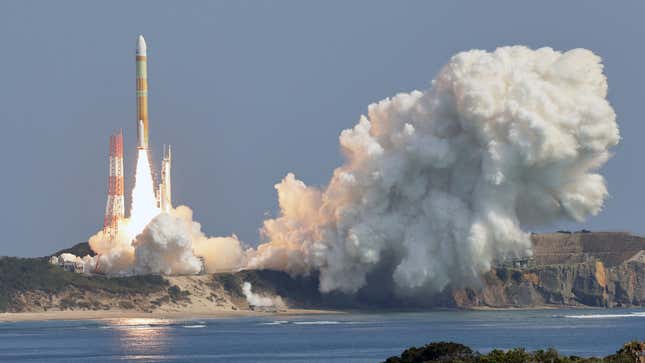
Earlier this week, Relativity Space’s 3D-printed Terran 1 rocket failed to reach orbit on its first flight. That’s now the sixth failed launch in the past four months across the global space industry, in what’s an upsetting yet not altogether surprising trend.
Humans have been blasting rockets to space for quite some time now, but the game is changing, with the private sector moving in and trying out innovative designs at rapid speed. For spaceflight, the old adage that you have to fail to succeed continues to ring true. A quick review of the past four months affirms this even further.
LandSpace’s Zhuque-2
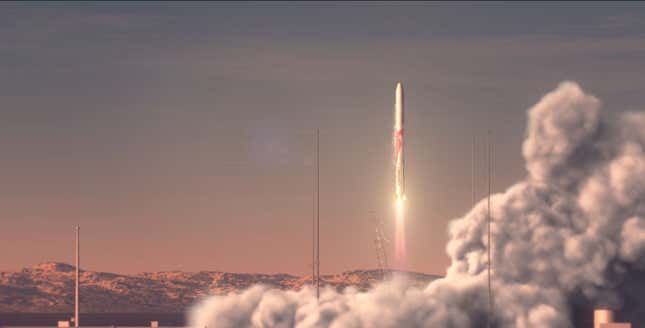
The cascade of despair began on December 14 with the inaugural launch of Zhuque-2, a medium-lift rocket developed by Beijing-based LandSpace. The rocket’s second-stage Vernier engines shut down prematurely, resulting in the loss of the rocket and 14 commercial satellites on board.
No methalox joy for Zhuque-2
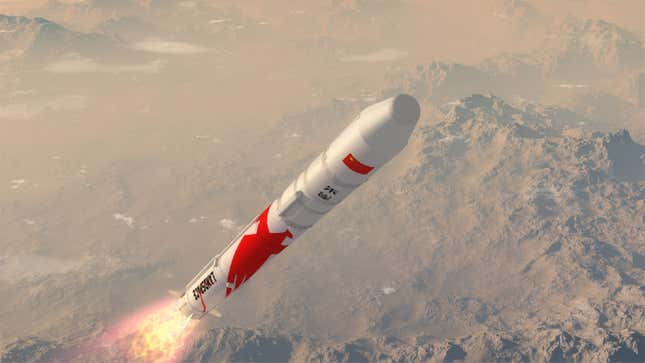
Had Zhuque-2 been successful, it would’ve been the first methane-powered rocket to successfully reach orbit. The launch, despite the mission failure, was still a big deal and a major milestone for China’s private spaceflight industry.
Arianespace’s Vega-C
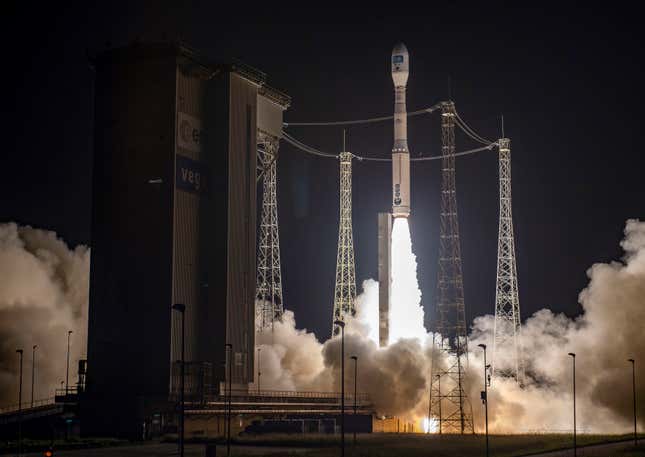
Arianespace’s medium-lift Vega-C rocket failed during its second orbital mission, on December 21, 2022. The rocket took off from the Kourou space base in French Guiana with a pair of Earth-imaging satellites on board. The trouble began shortly after stage separation, with the rocket’s second stage, called the Zefiro 40, experiencing a catastrophic anomaly.
Vega C’s faulty nozzle—and Ukraine—to blame
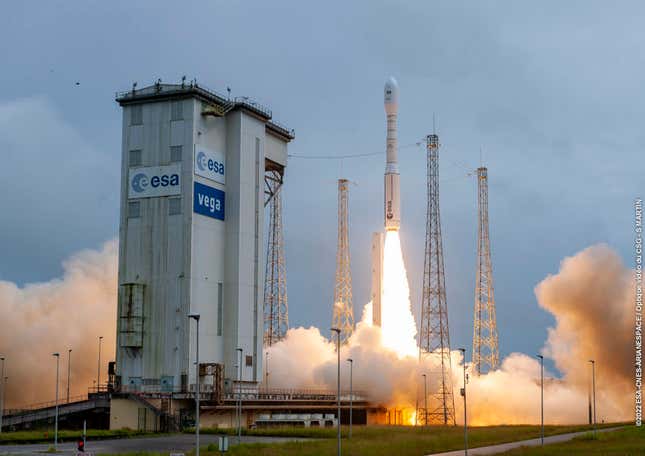
Results of the ensuing investigation cited the throat insert of the second stage nozzle as the cause of failure. The builder of Zefiro 40, Italian company Avio, sourced the requisite materials from a Ukrainian company and cast the blame onto them, much to the chagrin of the Ukrainian space agency.
Virgin Orbit’s LauncherOne

It didn’t take long for the first rocket failure of 2023. Virgin Orbit’s LauncherOne rocket, after deploying from the company’s Cosmic Girl aircraft, failed to reach orbit during the January 9 mission, dubbed Start Me Up. All seven payloads on board were destroyed. The launch failure was later attributed to a filter that came loose in the engine and “caused mischief downstream,” explained Virgin Orbit CEO Dan Hart.
LauncherOne failure sparks Virgin Orbit financial woes
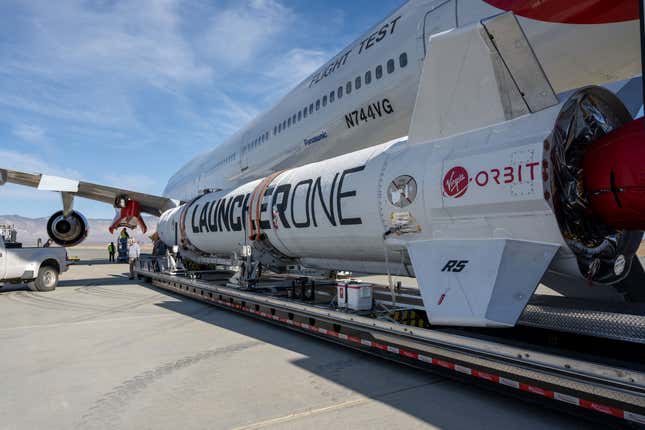
Had Start Me Up been successful, it would’ve been the first orbital launch from British soil. Instead, it threw Virgin Orbit’s investors into a tizzy. Earlier this month, the Richard Branson-founded company furloughed its employees, but a $200 million investment deal with a Texas billionaire could save Virgin Orbit from bankruptcy.
ABL Space Systems’ RS1
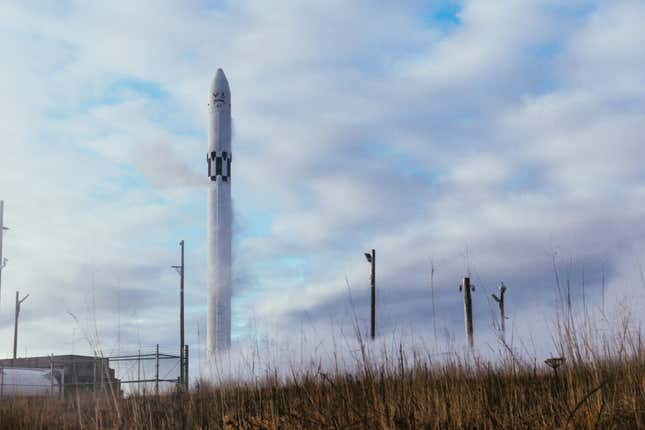
On January 11, ABL Space Systems’ RS1 rocket became the third launch vehicle to break down in less than a month. Launching from Alaska’s Pacific Spaceport Complex, the rocket’s nine E2 engine shut down seconds into the flight, causing it to plunge back to Earth with 95% of its fuel still onboard. The resulting mushroom cloud could be seen some 25 miles away.
Cleaning up the RS1 environmental mess
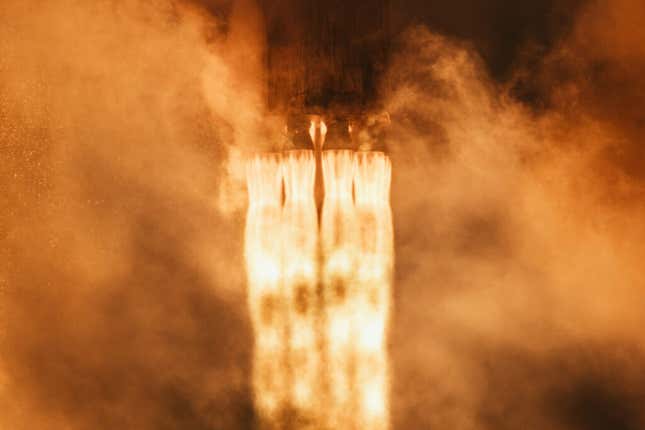
Approximately 5,200 gallons of Jet Fuel A—a kerosene-based fuel—spilled onto the surrounding environment, in addition to hydraulic, mineral, and lubricating oils, ash, burned batteries, and scraps of charred debris. Clean-up efforts in Alaska are ongoing.
10 / 15
JAXA’s H3
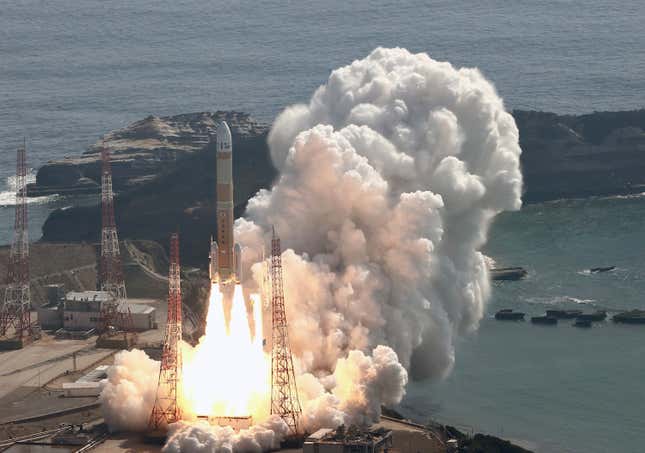
Japan’s H3 rocket failed during its first flight on March 6, resulting in the destruction of a very expensive Earth-imaging satellite. A joint project of the Japan Aerospace Exploration Agency (JAXA) and Mitsubishi Heavy Industries, H3 was poised to become the country’s next flagship launch vehicle. That distinction will have to wait, as investigators attempt to figure out why the rocket’s second stage engine failed to ignite.
11 / 15
JAXA takes heat after losing $200 million satellite
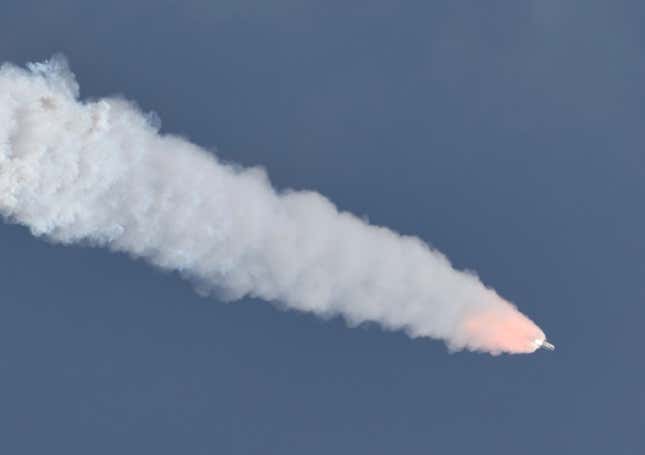
Ground controllers were forced to issue a self-destruct command, sending H3 and its payload, the ALOS-3 advanced Earth-observing satellite, into the Pacific Ocean. Instead of launching H3 with a dummy payload, JAXA chose to risk it with a $200 million satellite on board, prompting criticisms from a retired JAXA astronaut.
12 / 15
Relativity Space’s Terran 1
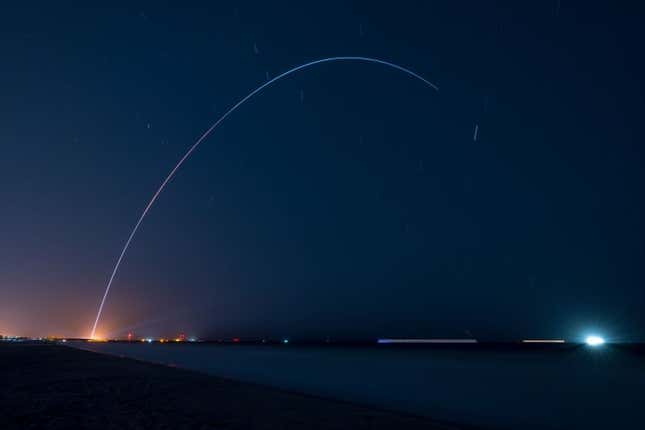
The most recent launch failure came on March 22. Launching from Launch Complex 16 in Cape Canaveral at night, Relativity Space’s Terran 1's second stage engine ignited but then sputtered out, resulting in the loss of the rocket. No customer payload was included for this mission, dubbed Good Luck, Have Fun.
13 / 15
First Terran 1 launch deemed a successful failure

California-based Relativity Space cast the launch in a positive light, saying some key objectives were met despite Terran 1 not reaching orbit. In addition to taking off, the rocket managed to survive Max-Q, the phase during launch when rockets have to endure the most intense aerodynamic stresses. By doing so, the GLHF mission “proved our hypothesis,” the company tweeted, that “3D printed rockets are structurally viable.”
14 / 15
Future failures

So that’s a lot of spaceflight badness to happen within four months, but there’s still likely plenty of more badness to come! Potential future failures to anticipate include the inaugural launches of SpaceX’s Starship (company CEO Elon Musk predicts a 50/50 chance of mission success), Arianspace’s Ariane 6, ULA’s Vulcan Centaur, and Blue Origin’s New Glenn, though the latter rocket won’t likely launch until next year. Space is hard, even in 2023.
Related: Inaugural Launch of ULA’s Vulcan Centaur Rocket Pushed to May
For more spaceflight in your life, follow us on Twitter and bookmark Gizmodo’s dedicated Spaceflight page.
Recommend
About Joyk
Aggregate valuable and interesting links.
Joyk means Joy of geeK